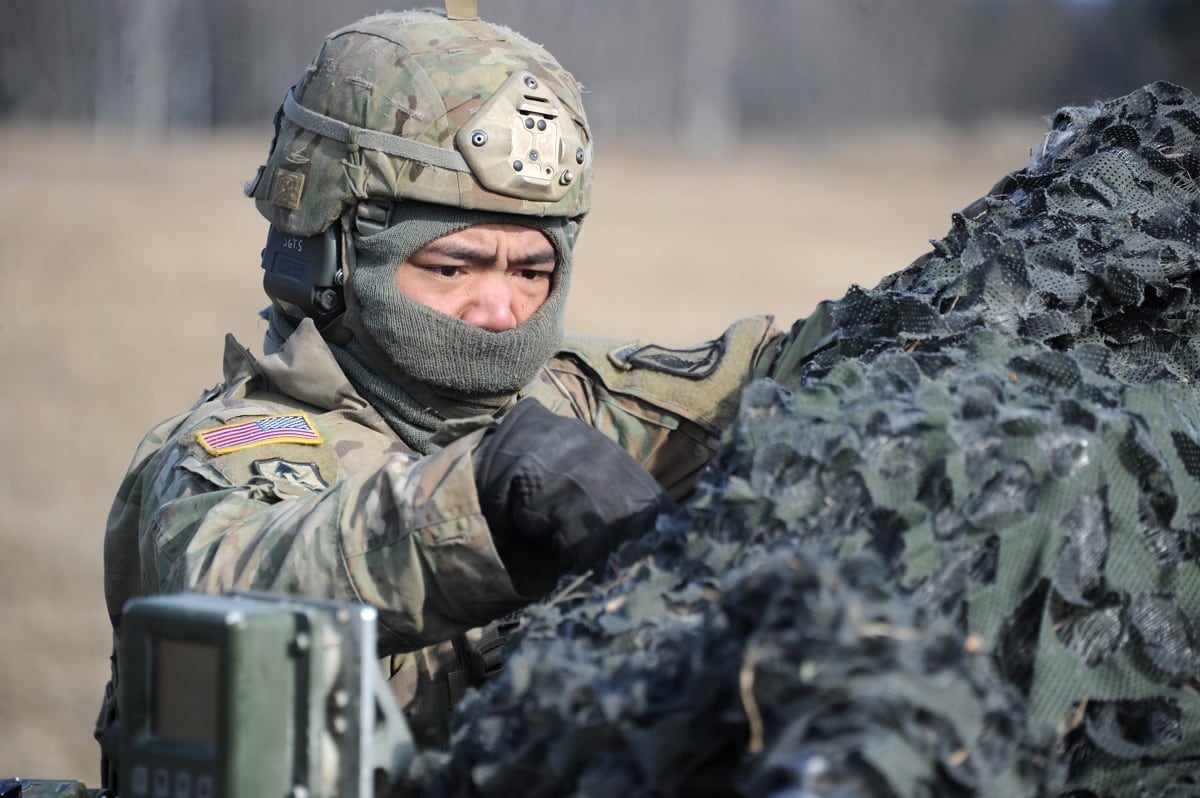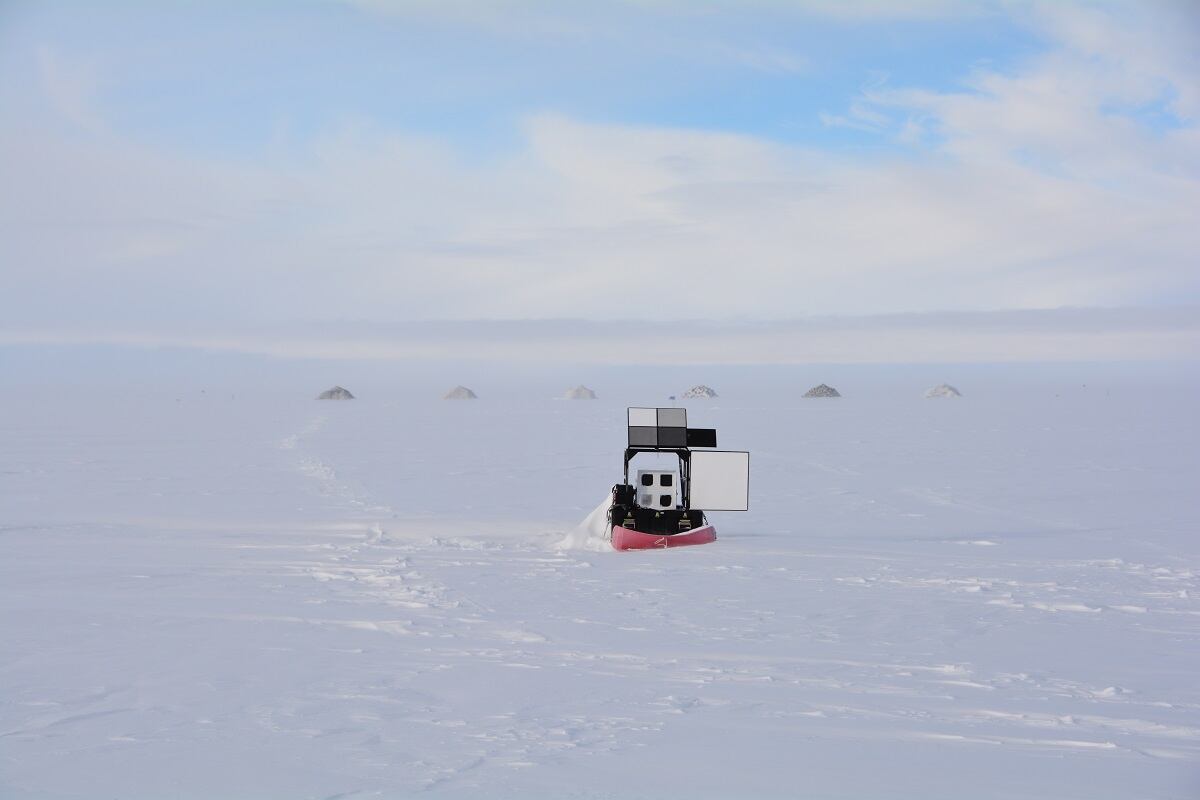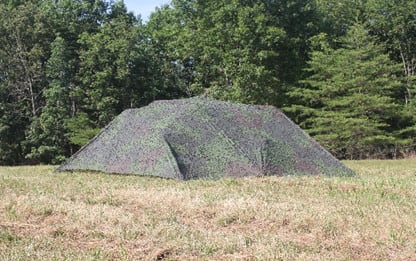Camo netting that blends in with woods, jungle or desert, that’s such 20th century thinking. The Army has recently awarded contracts to three companies to develop the next level in camo — hiding equipment from the sophisticated sensors that blanket the landscape.
Three Engineering Manufacturing Development, or EMD, contracts were issued for prototyping the new Ultra-Lightweight Camouflage Net System, or ULCANS, according to an Army release.
The next generation netting must be ultralightweight, all-weather and offer “state-of-the-art” signature management concealment system to provide “multispectral protection.”
RELATED

This would replace woodland and desert netting in use since the 1990s. The new color scheme will include a light/dark woodland, snow/alpine and desert/urban variants, according to the release.
A six-month competition has kicked off since the recent contract awards and the Army plans to select a winner by mid-2019 and equip the first unit by late 2019.

“With ULCANS Increment I, we are executing a development and fielding strategy to ensure camouflage is made available as quickly as possible to units with the most pressing operational needs,” said Col. Frank Moore, product manager, Force Sustainment Systems.
The product comes out of the Army’s project management office of Expeditionary Energy and Sustainment Systems, which is under the Program Executive Office for Combat Support and Combat Service Support.
“We’ve awarded contracts to three global leaders in camouflage, now we are having them compete head to head through a series of unique sensor-defeat tests in operationally relevant environments around the world — ultimately to award a single production contract to the best performer,” said John Viggato, assistant product manager.

Scientists with the U.S. Army Natick Soldier Research, Development and Engineering Center, or NSRDEC, are working on the competitive prototyping phase, which uses testing events unique to NSRDEC.
The goal is to defeat the advancing sensor technology of adversaries such as Russia and China which are creating anti-area/access denial problems and capabilities gaps for Army maneuver and fires.
“As adversary technology continues to evolve, we have to be able to quickly reduce battlefield signatures and limit the enemy’s ability to detect personnel, weapons systems, vehicles, and other equipment,” said Claudia Quigley, director, NSRDEC Expeditionary Maneuver Support Directorate.
Todd South has written about crime, courts, government and the military for multiple publications since 2004 and was named a 2014 Pulitzer finalist for a co-written project on witness intimidation. Todd is a Marine veteran of the Iraq War.





